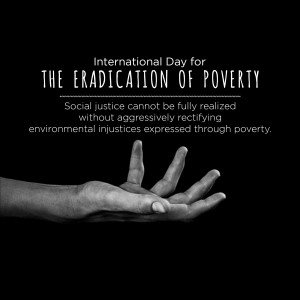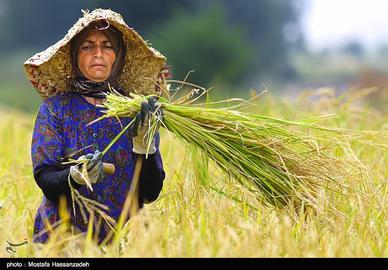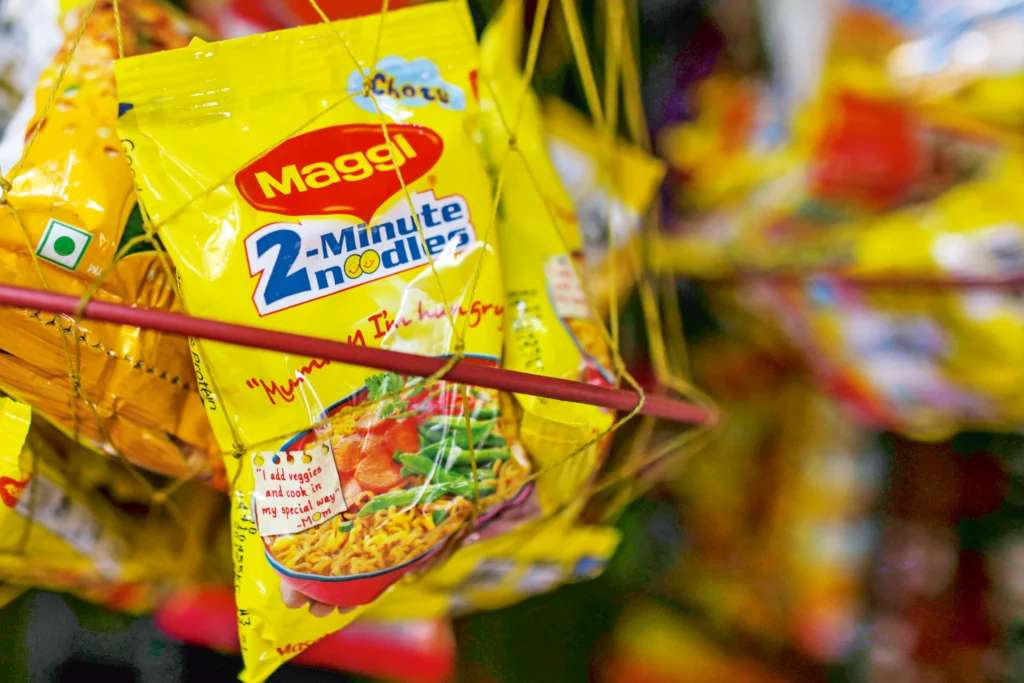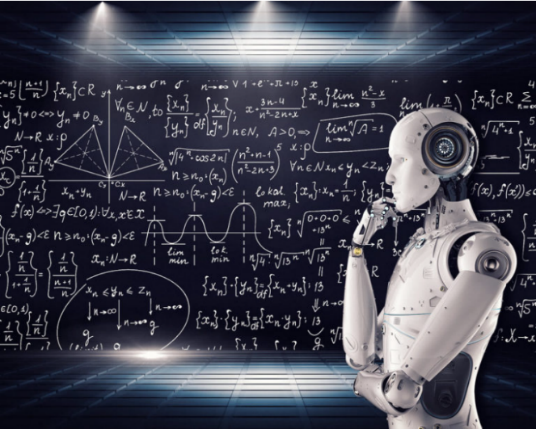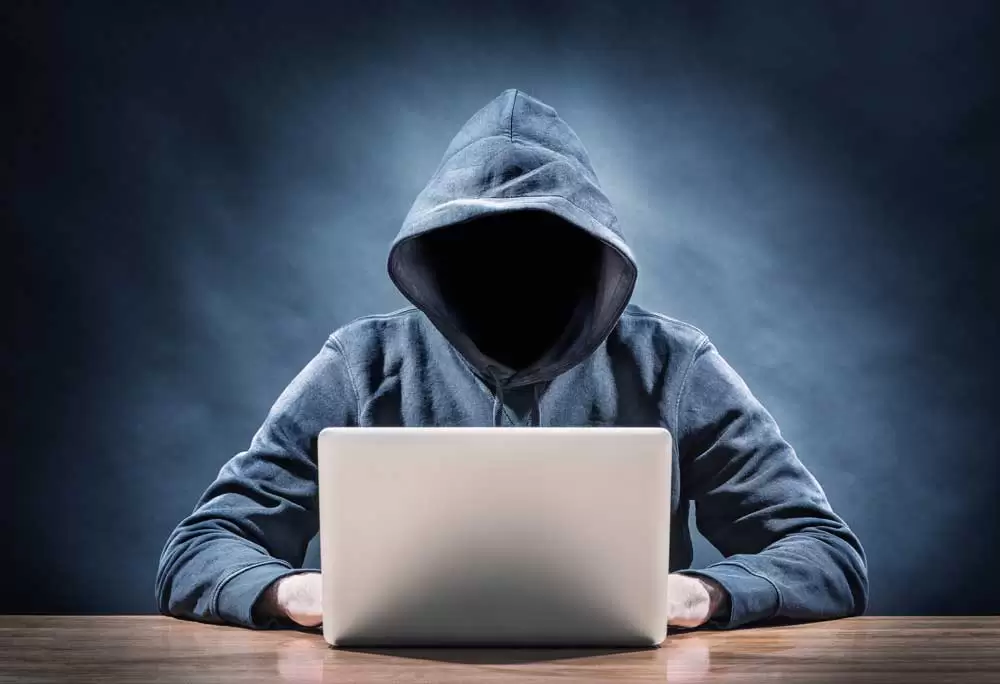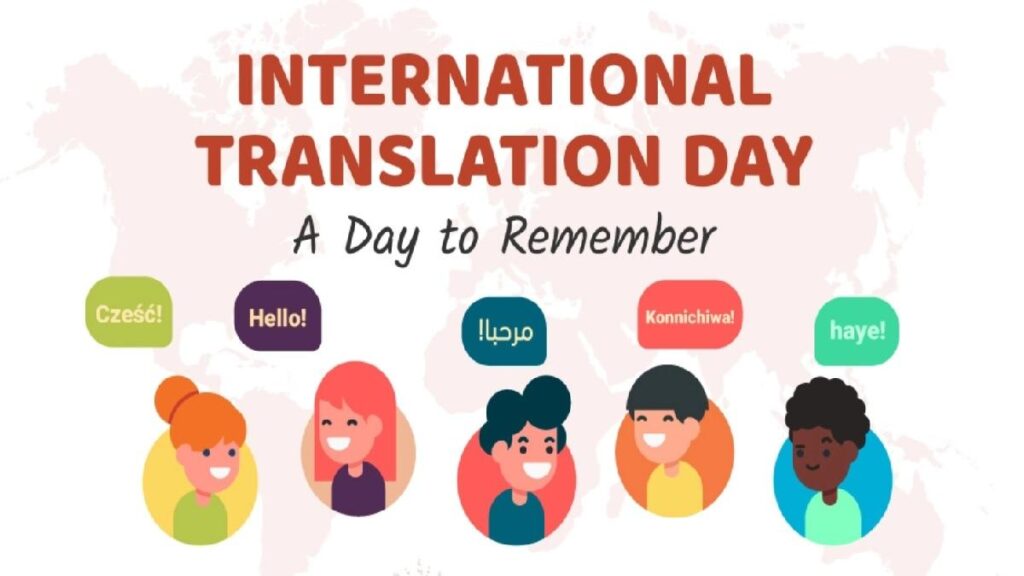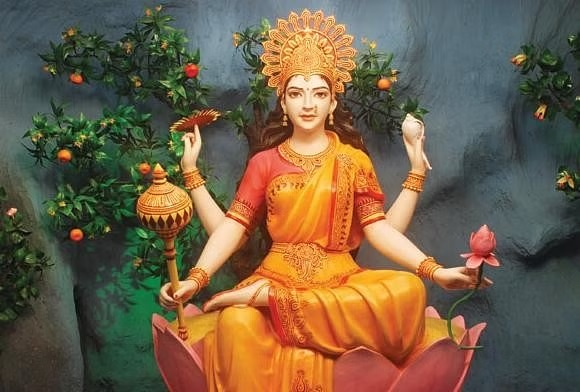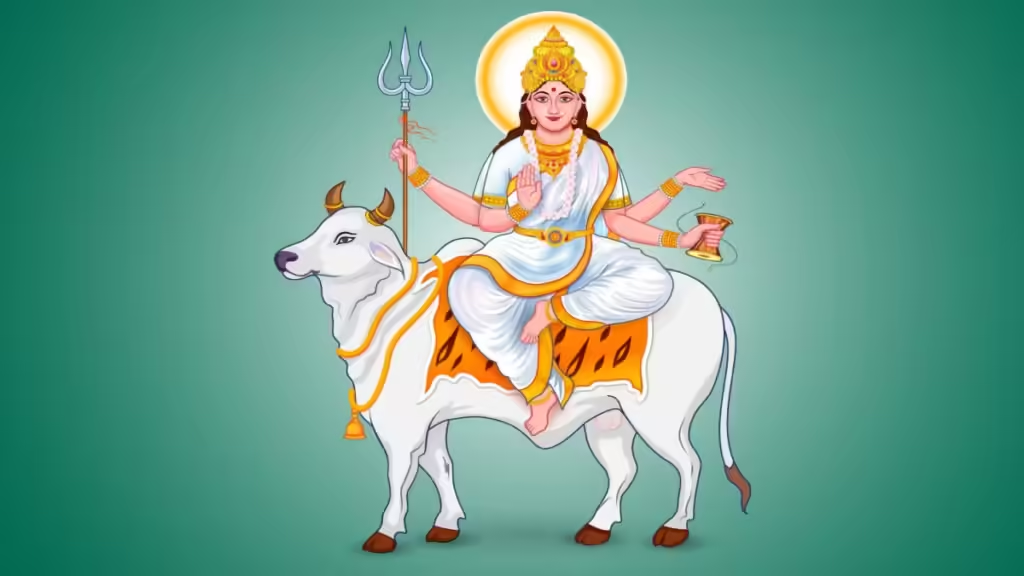True Wealth on Dhanteras
Beyond the Gold Coin: How to Attract True Wealth on Dhanteras Beyond the Gold Coin: How to Attract True Wealth […]
Beyond the Gold Coin: How to Attract True Wealth on Dhanteras Beyond the Gold Coin: How to Attract True Wealth […]
The Hidden Injury of Poverty: Why Dignity Is the New Frontline | International Day for the Eradication of Poverty 2025
ANCIENT RIGHTS, MODERN REALITIES – THE RURAL WOMAN’S TIME WRAP The Rural Woman’s Time Wrap | International Day of Rural
Maggi Trademark Case : How Nestlé Defended Its Iconic Brand Maggi Trademark Case : How Nestlé Defended Its Iconic Brand
Is Artificial Intelligence an Existential Threat to Humanity? | AI Ethics & Future Risks Explore 10 Critical Dimensions of AI’s
Maharishi Valmiki Jayanti 2025: Original Life Lessons and Hidden Wisdom of Ramayana Maharishi Valmiki writing the Ramayana Today, 7th
Understanding Cybersquatting: Laws, Types & Prevention (India & USA) Understanding Cybersquatting: Laws, Types & Prevention (India & USA) What is
Beyond the Word: Celebrating International Translation Day 2025 | St. Jerome & the Unsung Heroes of Translation BEYOND THE WORD
Day 9 Navratri 2025 – Maa Siddhidatri: Goddess of Wisdom & Divine Powers | Youth Motivation THE GODDESS OF DIVINE
Day 8 Navratri 2025 – Maa Mahagauri: The Pure & Peaceful Soul | Inner Peace & Youth Motivation THE PURE
The Vijay Foundation was established with a noble purpose to alleviate human suffering and promote the well-being of Communities.

ANUPAM PATHAK
Broadcaster with over three decades of experience. Started as reporter/sub editor with leading Hindi newspaper Swatantra Bharat by The Pioneer Ltd for 3 years. Joined All India Radio as Transmission Executive in 1988. Years later retired as Indian Broadcast (Programme) services officer. Was Head of Programme AIR Agra, Head of Office AIR Kanpur and retired as Head of programme Doordarshan Lucknow in Nov, 2023.
As broadcaster I have been instrumental in launching and establishing FM Rainbow Lucknow. For over 5 years presented regular shows daily on FM Rainbow and later served as in charge of the channel for 5 years. Have been in charge of sports, Talks, Feature, Youth, Science and Drama programmes for quite a time. Apart from F M broadcasting and radio features I have taken special interest in sports programmes. I have covered many international sports mega events abroad for AIR like Beijing Olympics, London Olympics, Rio Olympics -Commonwealth games Melbourne, Delhi, Glasgow- Asian games Doha, Guangzhou, Jakarta, Hangzhou being the major ones.I am approved National commentator for Non sports events and national commentator for badminton.
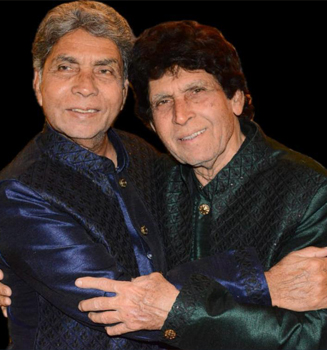
USTAD AHMED HUSSAIN and USTAD MOHAMMAD HUSSAIN
(Ghazal and Bhajan Samrat)
Awards won by the duo:
1. Padma Shri award presented by President Honorable Draupadi Murmu at Rashtrapati Bhavan on April 5, 2023. 1.
2. Central Sangeet Natak Academy Award conferred by Honorable President Shri Ramnath Kovind on 17 January, 2018, at Rashtrapati Bhavan.
3. Urdu Academy Award (Central and Rajasthan Government).
4. Lifetime Achievement Award (by Amir Khusro Foundation).
5. Rajasthan Sangeet Ratna, Rajasthan Gaurav, Surratna Award, State Award.
6. Titles such as Shahenshah-e-Ghazal, Roohe Ghazal, Ghazal Samrat, Bhajan Pandit Award/Pride of the Nation.
7. Lifetime Achievement Flavor Gold Auditorium Hall (2000).
8. Dagar Gharana Award, Maharana Foundation, Udaipur.
9. Noshad Award, Kishan Maharaj Award, Begum Akhtar Award.
The duo has been recently conferred with a Ph.D. in Ghazal Singing by Mahatma Jyotirao Phule University, Achrol, Jaipur, at its eighth convocation on 30 November, 2023.
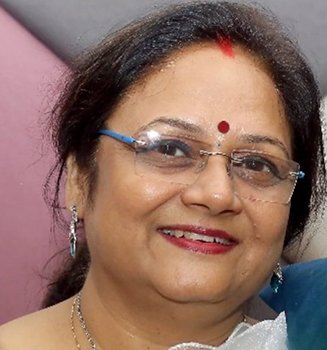
Smt Sumona S Pandey
वर्तमान में Akashvani Lucknow में सहायक निदेशक के पद पर कार्यरत पिछले 37 वर्षों akashvani से जुड़े रहते हुए innumerable production कार्य किए जिसमें नाटक serial इन्द्रधनुष के अलावा ..health से जुड़े विषय HIV पर लगभग 400 से अधिक प्रायोजित कार्यक्रम Upsacs ke सहयोग से निर्मित और प्रसारित किए “बिंदास बोल चलें जिंदगी की ओर” साथ ही बच्चों ,महिलाओं,युवाओं, वृद्धजन, divyang जनों हेतु अनेक interviews और prog किए । FM पर eminent Personalities पर आधारित “FM मेहमान “की प्रस्तुति के साथ vividh Bharati पर भी phone in कार्यक्रम प्रस्तुत करना आदि तमाम कार्यक्रम प्रस्तुत व आयोजित करना,Bollywood singer Dilraj Kaur का हाल ही में
Concert organise करना etc

SHRUTI PURI
CURRICULUM VITAE
Husband: Mr. Sanjay Puri
Regional Manager, Pidilite Industries Limited
Date of Birth: 20 March 1972
Address: E-003, Mayur Dhwaj Appartment, I.P. Ext. New Delhi 110092
Email Address : shrutikrishnayan20@gmail.com
Mobile : 9891075577 8454937888
Academic Qualification: Post graduation in English from Agra University, Agra
Post graduation in Music from Prachin Kalakendra, Chandigarh
Work Experience:
1 Presently working with the capacity of Presenter and Private Producer with Delhi Doordarshan and All India Radio (AIR) from December ’1990 to Present.
Presenter of public grievances program “Aaj Subah “ and phone-in program on All India Radio from December ’1990 to Present.
Prog. BrajMadhuri (Braj Bhasha) 1992 to Present
Aadha Aakash Humara 2019 to Present
Bharat Vani (For External Services)1995 to 2005
Ghar Aangan (FM Gold) present
Sahityiki on DD National 1993 to 2016
Live Commentary on Shri Krishna Janmashtami From Janmasthan Mathura from last 15 years in Braj Bhasha for DD National ( Live telecasted in 162 countries)
Live Commentary On Holi From last so many years
2. Organised multiple national and international events. Represented Indian culture in Skill Olympics in South Korea. Award Show in Dubai & Kathmandu.
3. More than 20 years’ experience in theatre.
Received a President’s Award in 1984 for cultural performance.
4. Empanelled announcer for parliamentary award and presenting it for the last 18 years in various states of India & Abroad
Anchored the whole 20 days program in Chaupal and Natyashala at the Suraj Kund Craft Mela in 2005.
5. One of the jury members of the annual awards of Doordarshan.
Was the judge of the Little Champs and Zee Cinestar Ki Khoj & Idea Rocks India program for Zee TV.
6. Have been creating corporate films and organising annual programmes for corporate clients for more than 15 Years.
List of clients include corporates like Pidilite, LG, Ashok Leyland, BHEL, GAIL India, Sanskriti University, Manipal University, Vision Divyang Foundation and Government bodies like Uttarakhand Police, Delhi Police and Municipal Corporation Pithoragarh.
7. Started her career at the age of 12 years as an actor in serial Kabir, telecasted on Doordarshan, produced and directed by Anil Chaudhary. Also acted in Sukh Chain for Lucknow Doordarshan.
8.Co-Produced & acted in Soordas and Vilbh Mangal ki Pratigya for Doordarshan National and Produced & Directed Rocking Stars for Doordarshan Dehradoon.
9. Acted in regional films like Braj ka Birju, Sanjha & Sunday.
Directed bhojpuri musical album Dil Bole Kukdu Koo.
10. Voice Over and Dubbing artist since 1986.
Dubbed the english movie Ten Commandments to Hindi and also did many software projects for Government of India.
11. Got best supporting actress award for short film SAANJHA.
12. Made documentary films for RPF and recorded announcements for Indian Railways.
13. Acted in So many Short Films on youtube
14. Running 2 successful YouTube channels
With best regards.
Shruti Puri.
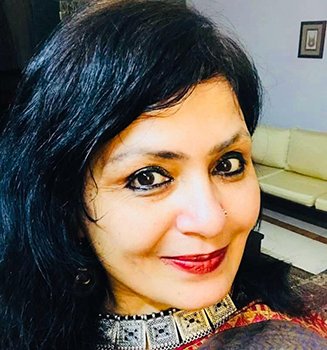
DEEPA JOSHI (DEEPA BHUSHAN)
Deepa Joshi is a talented singer, influencer, voice-over artist, anchor, broadcaster (AIR/DD), and educationist. She is also an entrepreneur and founder of Purple Music India, a registered MSME enterprise, established to promote Hindi and Kumaoni music and provide a platform for emerging artists.
Coming from a defence background, Deepa has been singing professionally for several years and has performed at numerous stage shows and live concerts across Defence organizations and various social and cultural platforms. She has also acted in stage dramas and participated in group dance performances, showcasing her versatile artistic expression.
Deepa’s musical style is diverse and soulful, covering multiple languages such as Hindi, English, and Kumaoni. With a melodious voice and strong classical foundation, she performs a wide range of genres — from Bollywood and folk to devotional and ghazal.
A native of Lucknow, Deepa was trained under her Guru Late Shri Vinod Chatterjee and holds a graduation degree in Music. She is also a registered member of the Indian Singers and Musicians Rights Association (ISAMRA), the apex body that protects the rights of performing artists in India.
Under her enterprise Purple Music India, Deepa has released several songs in Hindi and Kumaoni, which have been published by well-known music labels such as T-Series, Red Ribbon, Planet 9 Production, and A Plus Studio.
Recently, her Kumaoni song “O’ Re Shivani” was released and warmly received by listeners. Another Kumaoni song is scheduled for release shortly. Adding to the excitement, Deepa’s upcoming duet Bhajan on Lord Krishna and Lord Ram with Bhajan Samrat Padma Shri Anup Jalota ji will soon be launched under the banner of T-Series, promising a divine musical experience for her fans.
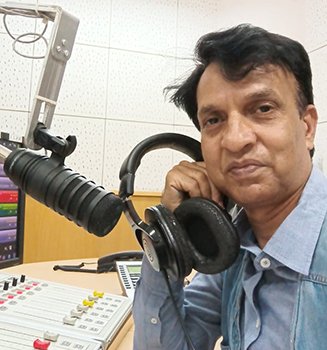
CURRICULUM VITAE
ATHAR SAEED
Contact No:(0) 9810124768
e-mail: atharsaeed78@yahoo.com
SUMMARY
A professional media expert with more than 25 years of experience in news reading, stage anchoring, tv and radio programs, dubbing, voice over, teaching and other related fields. Accomplished and enthusiastic writer and anchor offering a firm and stable background in education and journalism. Skilled in researching and creating an array of materials in all the concerned departments. Possess excellent editorial abilities leveraged to ensure high quality and standards are consistently achieved.
Believe in hard work in achieving excellence through efficient and effective action with positive approach. A strong team player and team leader with good communication and training skills. Have good reputation for effective planning, organization and delivery of required outcomes.
PROFESSIONAL EXPERIENCE
TELEVISION
RADIO
STAGE ANCHORING
DUBBING/VOICE OVER
COMMENTATOR
JOURNALISM
MODELLING
As a model in an ad film for SELVO Company.
SIGNIFICANT ACHIEVEMENTS
EDUCATIONAL QUALIFICATION
PERSONAL SKILLS:
PERSONAL PROFILE
Father’s name : Mr. Zia Saeed
Nationality : Indian
Languages known : Urdu, Hindi and English
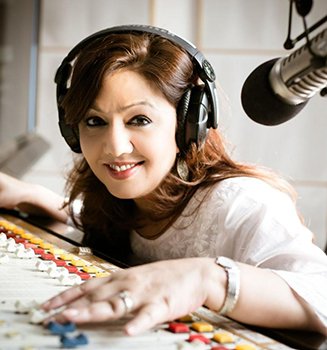
SIMRAN KOHLI
Simran Kohli is a seasoned media professional, Professor of Practice, and former national radio host with over two decades of experience in radio, media consulting, and capacity building. She has led programming and hosted prime-time shows across leading stations like Radio Mirchi, RED FM, Big FM, and Radio City, while also founding Asia’s first full-time private radio training academy. As a consultant with UNICEF and the Election Commission of India, she designed impactful radio campaigns, including Radio4Child Awards and “Radio Hello Voters,” significantly increasing public awareness. At Jamia’s Mass Communication Research Centre, she mentors students through radio and voice workshops, content creation, and community projects, including shows on women empowerment. Her work extends to social change initiatives like setting up a campus radio in Tihar Jail, training over 12,000 inmates, and authoring The Radio Jockey Handbook. Skilled in teaching, content creation, communication strategy, and mentoring, she continues to shape media education and outreach through innovation, research, and training.
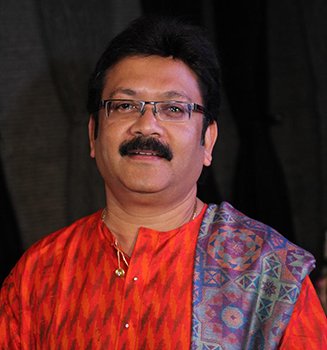
‘Kala Nidhi’ VIVEK PRAKASH
is a Singer & Music Composer par excellence.
A winner of prestigious Sangeet Natak Academy award along with numerous other awards, Vivek Prakash is a brilliantly talented singer, music director, poet par excellence, possessing a scintillating stage presence.
He is India’s youngest Grade – 1 music composer of All India Radio & Television.
Travelled to about 20 countries, for over 1500 spell binding performances & concerts.
Composed & recorded Sampoorn Bhagwadgita five times till now & the latest one in Urdu, first time in the history of the entire world.
His music in the film Kahani Gudiya Ki carried an intense musical score by him which is widely acclaimed. His music in the short film Tapish was well appreciated a few years back at the Cairo International Film Festival.
He has to his credit, above 300 music albums & CDs as a composer & singer.
Scored music for more than 2000 jingles, ad films, backgrounds and other commercials.
Besides many others, his most famous jingle & ad film of a renowned dhoop batti has created history by running successfully since last 30 years in multiple languages. Unmatched for any other product.
Vivek’s musical exuberance is consistently appreciated by all ace singers & his co-musicians of Indian film industry. Almost all the established singers of Indian Film & Music industry, including Late Padma bhushan Jagjit Singh, Asha Bhosle, Padma Shri Anup Jalota, Sunidhi Chauhan, Kavita Krishnamurthy, Padma Bhushan Udit Narayan, Vinod Rathod, Padma Shri Suresh Wadkar, Sadhana Sargam, Kumar Sanu, Padma Shri Dr. Shoma Ghosh, Kavita Seth, Rekha Bhardwaj. Padma Shri Sonu Nigam, Padma Shri Anuradha Paudwal, Javed Ali, Padma Shri Kailash Kher, KK, Abhijeet & Alka Yagnik etc. have sung many of Vivek’s compositions.
Composed songs sings in almost all the prominent regional languages of India besides Hindi.
His songs and hundreds of compositions have been successfully showcased by all the prominent music companies of India and abroad.
Commendable!
Celebrated singer Vivek Prakash along with his wife,Mrs Roli Prakash, a well known singer is not only a well-known performer but is a great philanthropist as well !
1. So just to give back to the society, this charming singer does not charge any professional fee from the defence forces Army, Navy, & Airforce & even travels to forward areas for doing concerts for entertaining and cheering our soldiers who are on duty day & night there in difficult terrains.
2. Similarly, he also does concerts for Old age homes & doesn’t take any remuneration for himself.
3. Lastly, as another gesture of love for his social responsibility Vivek doesn’t charge his professional fee for his Lec-Dem concerts performed at schools for students upto class 10th.
The organisers have to take care of the infrastructure & logistics only.

